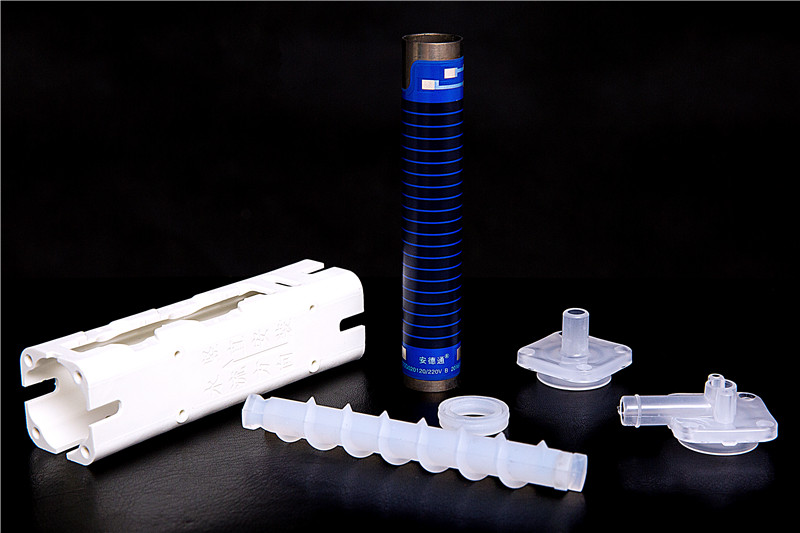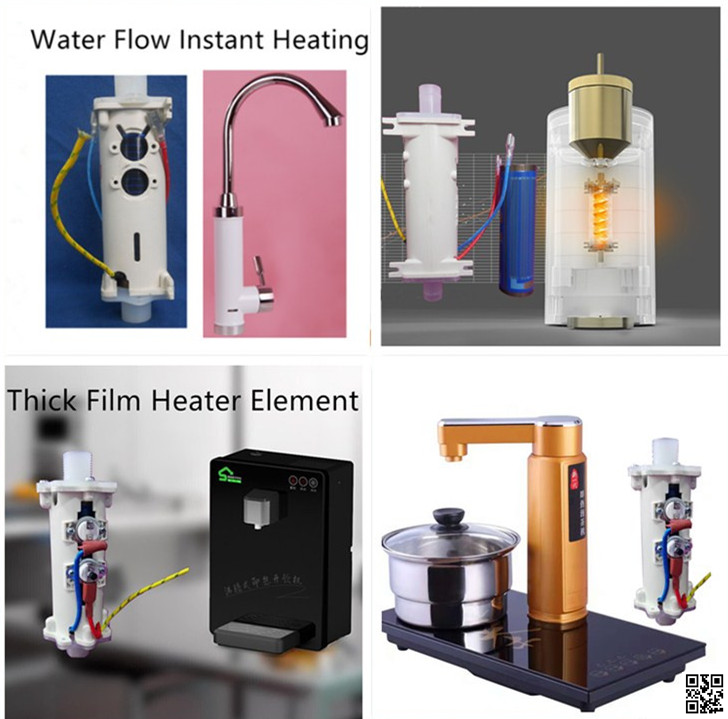In the process of beneficiation , the dewatering of coarse-grained materials is relatively simple. The gravity can be used to naturally drain the water, and most of the moisture is removed. The dewatering of fine-grained materials is more complicated, such as the precision of flotation plants. Mine, the general particle size is relatively fine, its dehydration is usually divided into two steps: the first step of sedimentation and concentration, commonly used sedimentation tank or thickener and other equipment, the very thin pulp is concentrated to a water content of 50% -30% of the pulp , commonly used sedimentation tank or thickener and other equipment, the very thin pulp is concentrated to a moisture content of about 16% -8%. Depending on the specific situation, especially for the concentrate water requirements or in the cold season in the north, sometimes the third step of drying, the material is dried with a dryer, the moisture in the material can be reduced to less than 6%. However, it must be pointed out that the cost of drying and dewatering is high and the loss of concentrate is also large. Therefore, the two-stage dewatering process of concentration and filtration is common in the concentrator.
There are three main methods for dehydration of mineral processing products:
Thermal dehydration
It uses heat to vaporize water to achieve the separation of moisture and solids. This is the case, for example, by drying the material with a rotary kiln dryer.
2. Mechanical dehydration
It uses mechanical force (gravity, pressure, centrifugal force) to separate moisture from solids. For example, precipitation concentration and filtration belong to this type of method. The main application of dewatering in mineral processing is this type of method.
3. Physical and chemical methods for dehydration
It is the application of water-absorbing chemicals such as limestone, anhydrous calcium chloride, etc. to absorb moisture in the material.
Stainless steel thick-film heating tubes of GIDAPE®ANDETONG® series manufactured by JIEDA company are tubular structures, which allows rapid water flow and instant heat carrying. Under the same conditions, GIDAPE® ANDETONG® series has many application advantages, such as large heating area, high heat conduction efficiency (≥98%), rapid thermal response (≥80 ℃~150℃/S), long working life (≥10000 hours), etc.

JIEDA 2200W Thick Film Heating Element consists of stainless steel thick-film heating pipe, outer protective shell, water inlet and outlet joints, anti-dry thermostat, power cord, etc. It can be fixed on sides, with 10mm and G1/8 diameter connecting orifice.
This type of heating body is an intelligent temperature control thick film heating body. It can work with the PCB circuit control system, so that the pre-set temperature and hot water quantity can be decided.

At present, thick film heating tube(heating body) of GIDAPE®ANDETONG® series has been successfully applied to fluid heating field, such as: Instant Hot Water dispenser, quick hot water boiler, pipeline machine, electric heat faucet, kitchen under sink water heater, sous vide, dishwasher, milk machine, coffee machine, dishing industrial equipment and so on.

2200W Eelectric Heating Element
2200W Eelectric Heating Element,Industrial Heating Elements,Electric Furnace Heating Element,Dryer Heating Element
XINXIANG JIEDA PRECISION ELECTRONICS CO.,LTD , https://www.tubularheater.de